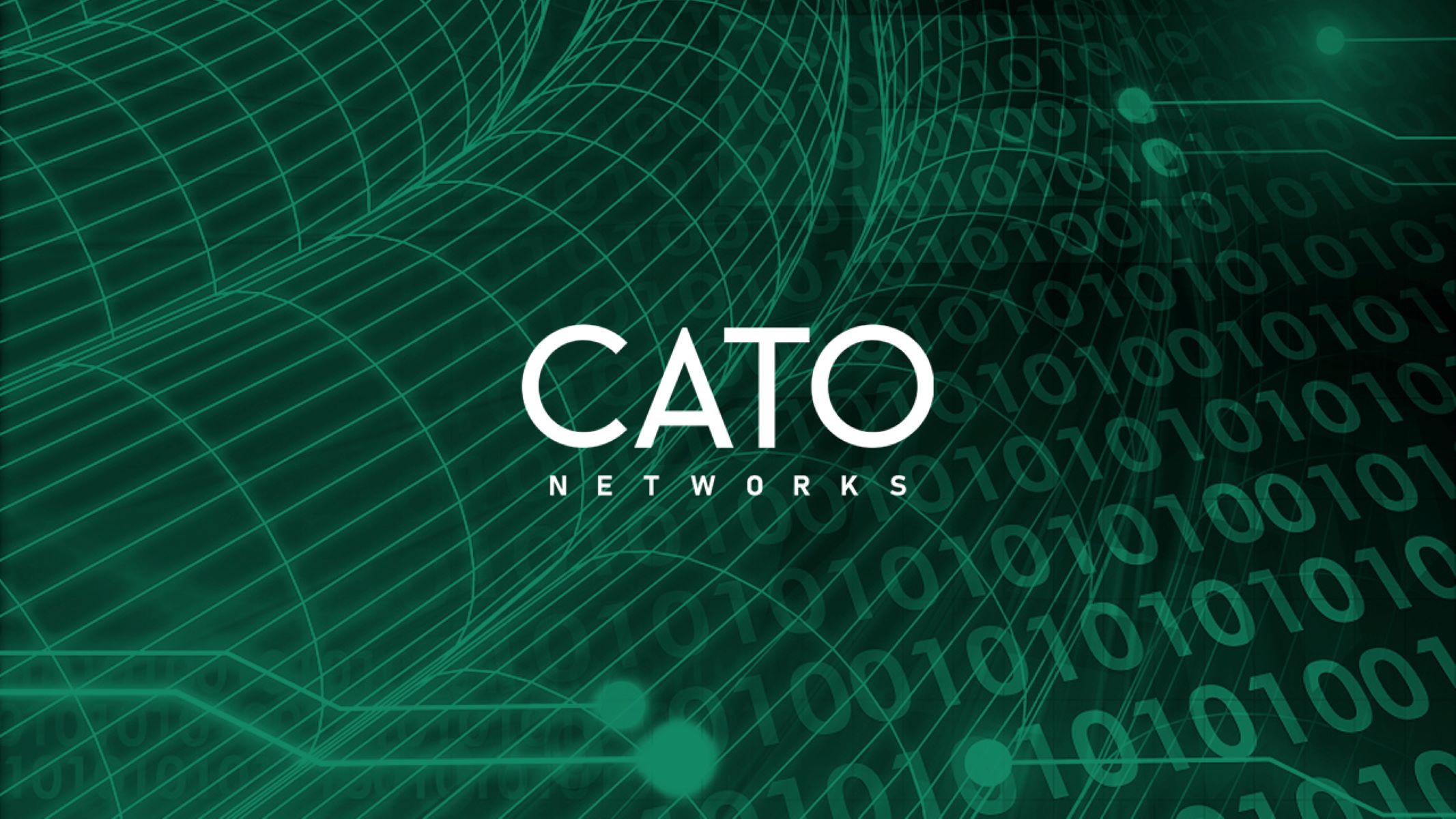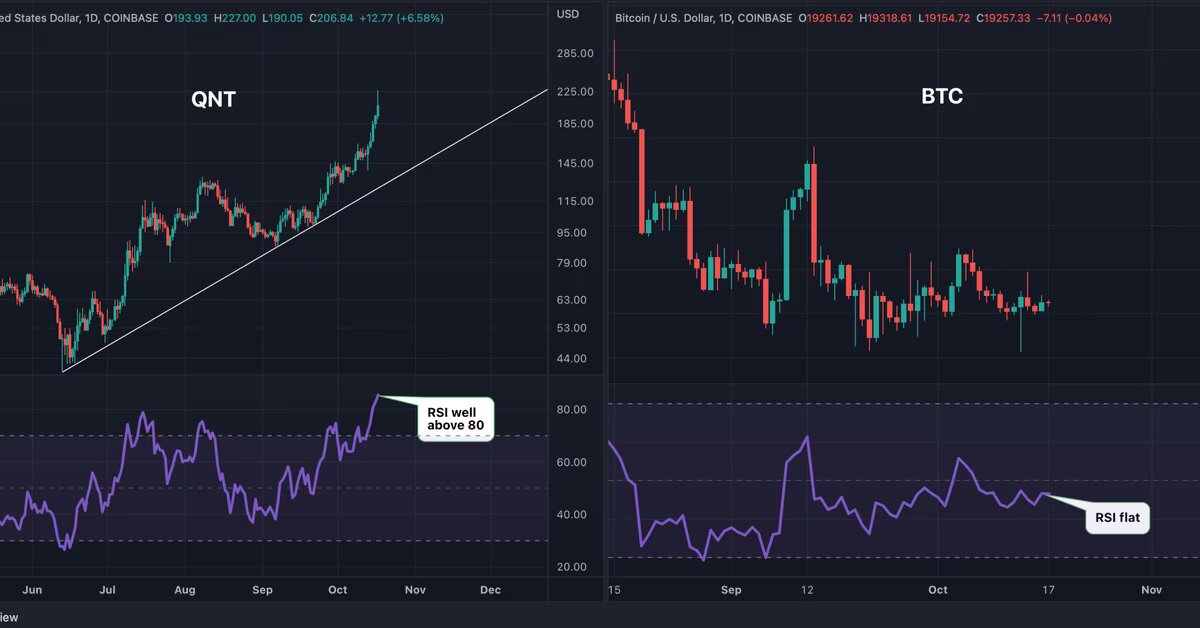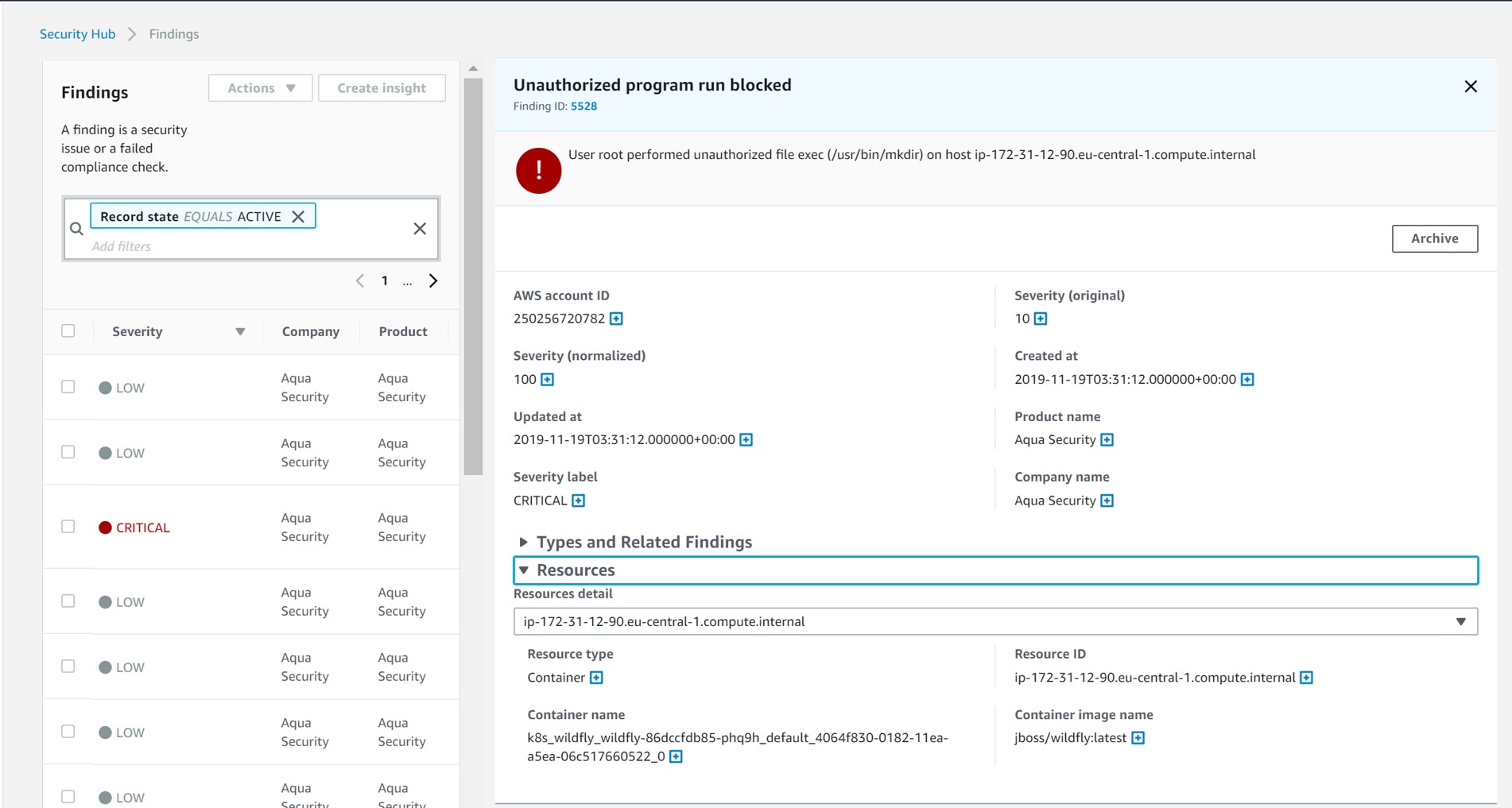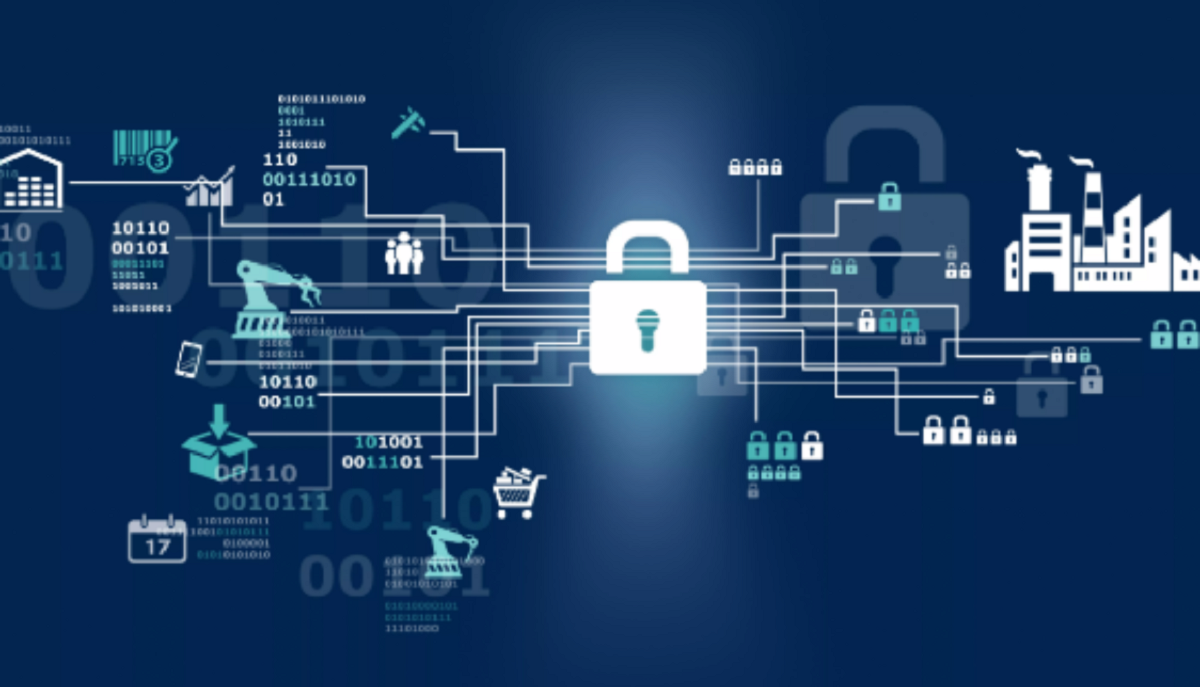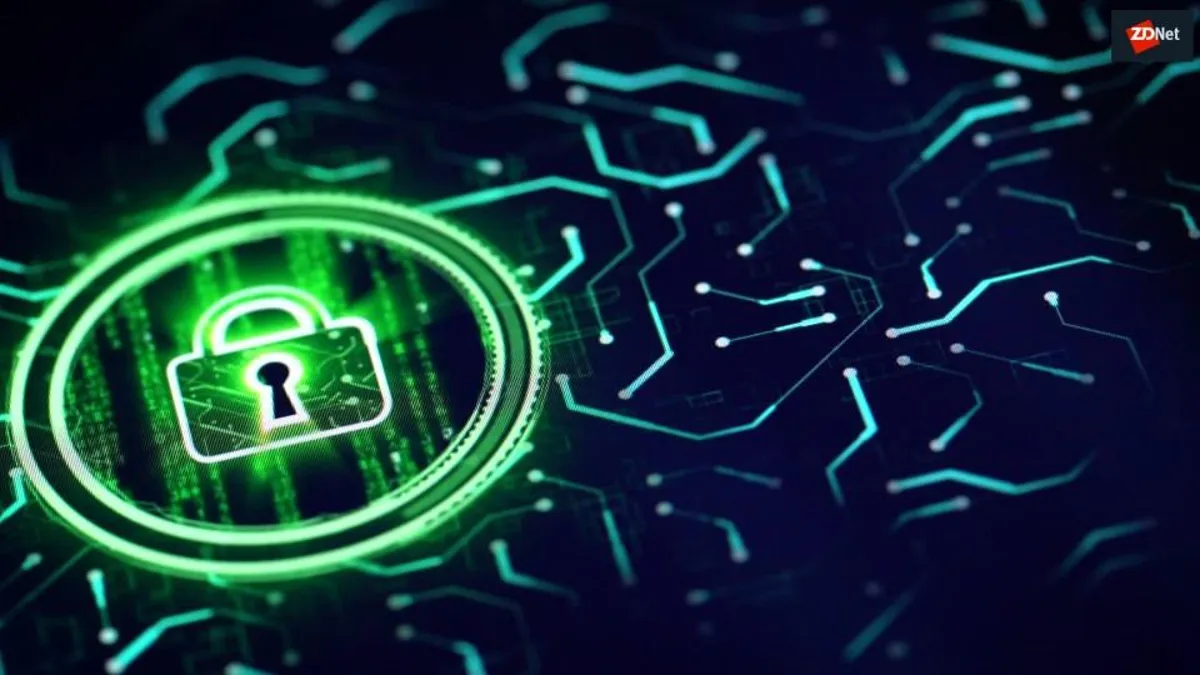Introduction
The Cybersecurity Act of 2015 is a legislative initiative aimed at strengthening cybersecurity measures and improving information sharing in order to combat the growing threat of cyber attacks. In today’s interconnected world, where technology plays a critical role in various sectors, including government, finance, healthcare, and communication, protecting sensitive information and ensuring the integrity of networks is of utmost importance.
Cyber attacks have become increasingly sophisticated and prevalent, targeting not only major organizations but also individuals. The repercussions of such attacks can be devastating, ranging from financial losses to threats to national security. Recognizing the need for a comprehensive and coordinated approach to cybersecurity, the Cybersecurity Act of 2015 was enacted to address these challenges.
This article explores the main purpose of the Cybersecurity Act of 2015 and its key provisions. By analyzing the act, we can gain a better understanding of how it aims to safeguard critical infrastructure, promote information sharing, and protect privacy and civil liberties.
Purpose of the Cybersecurity Act of 2015
The primary purpose of the Cybersecurity Act of 2015 is to strengthen cybersecurity measures and promote information sharing between public and private entities. It recognizes the need for collaboration and cooperation to effectively defend against cyber threats and protect critical infrastructure.
One of the main goals of the act is to enhance the sharing of cyber threat information between federal agencies, private sector organizations, and other entities involved in protecting cybersecurity. By facilitating the exchange of information regarding known threats and vulnerabilities, the act enables better preparedness and proactive defense against potential cyber attacks.
Additionally, the act aims to enhance public-private cooperation in cybersecurity efforts. Recognizing that both government and private sector organizations possess valuable resources and expertise, the act encourages collaboration in developing and implementing cybersecurity best practices. By fostering partnerships and information sharing, the act enhances the collective ability to detect, prevent, and respond to cyber threats.
Furthermore, the Cybersecurity Act of 2015 seeks to strengthen federal cybersecurity capabilities and ensure the protection of critical infrastructure. It establishes a framework for federal agencies to implement comprehensive cybersecurity programs, including risk assessments, incident response plans, and continuous monitoring. This helps to safeguard government networks, systems, and data from potential breaches and ensures a robust defense against cyber attacks.
The act also focuses on facilitating cybersecurity threat and incident response. It encourages the creation of an integrated and coordinated approach to handling cyber incidents, enabling rapid response and recovery efforts. This includes the establishment of cybersecurity information sharing organizations, which serve as a central hub for sharing threat intelligence and coordinating incident response efforts.
Lastly, the act emphasizes the importance of protecting privacy and civil liberties while enhancing cybersecurity. It includes provisions to ensure that any information shared for cybersecurity purposes is properly safeguarded and used solely for that purpose. It establishes guidelines to minimize the impact on privacy and civil liberties while balancing the need for effective cybersecurity measures.
Enhancing Cybersecurity Information Sharing
One of the key objectives of the Cybersecurity Act of 2015 is to enhance the sharing of cybersecurity information between public and private entities. Effective information sharing plays a crucial role in identifying and mitigating cyber threats in a timely manner.
The act establishes mechanisms and frameworks for sharing cyber threat intelligence, including indicators of compromise, vulnerabilities, and potential threats. It encourages the exchange of information among federal agencies, private sector organizations, and other entities involved in cybersecurity efforts.
By facilitating the sharing of cyber threat information, the act aims to improve situational awareness and enable a more proactive approach to cybersecurity. Organizations can gain valuable insights into new and emerging threats, allowing them to strengthen their defensive measures and better protect their networks and systems.
The act also provides legal protections to entities that voluntarily share cybersecurity information. It promotes the creation of protected portals and information sharing and analysis organizations (ISAOs) that act as trusted intermediaries for sharing sensitive information. These entities help ensure that shared information is adequately protected and disseminated to relevant stakeholders.
Furthermore, the act encourages the development and implementation of standards and guidelines for securely sharing information. This includes establishing protocols for anonymization and de-identification of shared data to protect privacy and confidentiality. Clear guidelines help to build trust and encourage participation in information sharing initiatives.
Enhancing cybersecurity information sharing not only helps organizations detect and respond to cyber threats more effectively but also contributes to a broader collective defense against cyber attacks. By sharing information, organizations can detect patterns, trends, and common attack vectors, enabling the development of more robust and adaptive cybersecurity strategies.
In summary, the Cybersecurity Act of 2015 prioritizes and promotes the sharing of cybersecurity information between public and private entities. This collaborative approach improves the overall cybersecurity posture by enhancing situational awareness, strengthening defensive measures, and enabling proactive response to cyber threats.
Promoting Public-Private Cooperation
The Cybersecurity Act of 2015 recognizes the essential role that public-private cooperation plays in combating cyber threats effectively. It aims to foster collaboration and create a framework for joint efforts between government agencies and private sector organizations to enhance cybersecurity measures.
By promoting public-private cooperation, the act acknowledges that both sectors bring unique perspectives, expertise, and resources to the table. Government agencies possess valuable intelligence and regulatory capabilities, while private sector entities often have advanced technology, industry-specific knowledge, and real-time insights into emerging threats.
The act encourages the establishment of public-private partnerships to exchange information, share best practices, and jointly develop cybersecurity standards. This collaboration helps identify and address gaps in cybersecurity, improve incident response capabilities, and enhance overall resilience.
Furthermore, the act emphasizes the importance of coordination and effective communication between public and private entities. It calls for the establishment of cybersecurity information sharing organizations (ISAOs) that serve as hubs for information exchange and coordination of cybersecurity efforts.
Through these ISAOs, stakeholders from various industries and sectors can collaborate, share threat intelligence, and strategize on defense measures. This facilitates a more holistic and comprehensive approach to cybersecurity, leveraging the expertise and insights from both public and private sector entities.
In addition, the act encourages the participation of private sector organizations in critical infrastructure protection programs. These programs aim to identify and mitigate vulnerabilities in industries such as energy, transportation, and finance. By involving private sector entities in these programs, the act ensures a unified and coordinated approach to protecting critical infrastructure.
Public-private cooperation also extends to the training and education of cybersecurity professionals. The act promotes collaborative initiatives to develop a skilled cybersecurity workforce through partnerships between academia, government agencies, and industry. By nurturing a talent pool of cybersecurity experts, organizations can better defend against cyber threats and ensure a sustainable cybersecurity ecosystem.
In summary, the Cybersecurity Act of 2015 recognizes that public-private cooperation is essential for effective cybersecurity. By fostering partnerships, encouraging information exchange, and leveraging the resources and expertise of both sectors, the act promotes a collective and collaborative approach to combating cyber threats.
Strengthening Federal Cybersecurity
The Cybersecurity Act of 2015 places a significant emphasis on strengthening federal cybersecurity measures to protect government networks, systems, and data from cyber threats. It recognizes that the government plays a crucial role in safeguarding critical infrastructure and sensitive information.
One of the primary objectives of the act is to establish a framework for federal agencies to implement comprehensive cybersecurity programs. This includes conducting regular risk assessments, implementing robust security controls, and developing incident response plans. By systematically addressing vulnerabilities and implementing effective security measures, federal agencies can better defend against cyber attacks.
The act also emphasizes the importance of continuous monitoring and threat detection. It requires federal agencies to establish capabilities for real-time monitoring of their networks and systems to identify potential threats and respond swiftly. Ongoing monitoring helps detect and mitigate security incidents before they can cause significant damage.
Furthermore, the act encourages the adoption of modern and effective cybersecurity technologies and practices within the federal government. It promotes the use of advanced encryption, multifactor authentication, and secure coding practices to protect sensitive data. By leveraging industry best practices and emerging technologies, federal agencies can strengthen their defenses and reduce the risk of successful cyber attacks.
The act also promotes the establishment of cybersecurity workforce development programs within federal agencies. It recognizes the importance of having a skilled and knowledgeable cybersecurity workforce to effectively defend against evolving threats. By investing in training, education, and recruitment, federal agencies can ensure they have the expertise needed to protect critical systems and respond to cyber incidents.
In addition, the act reinforces the role of the Department of Homeland Security (DHS) in coordinating federal cybersecurity efforts. The DHS is tasked with facilitating information sharing, coordinating incident response, and providing guidance and support to federal agencies. This central coordination helps streamline cybersecurity efforts and ensures a cohesive and unified approach across the government.
By prioritizing federal cybersecurity, the Cybersecurity Act of 2015 aims to enhance the government’s ability to protect sensitive information, critical infrastructure, and national security. It establishes frameworks, promotes the use of advanced technologies and practices, and invests in the development of a skilled cybersecurity workforce within federal agencies.
Facilitating Cybersecurity Threat and Incident Response
The Cybersecurity Act of 2015 recognizes the importance of a coordinated and efficient response to cybersecurity threats and incidents. It aims to facilitate the sharing of threat intelligence, enhance incident response capabilities, and establish mechanisms for a swift and effective response to cyber attacks.
The act encourages the creation of cybersecurity information sharing and analysis organizations (ISAOs) as central hubs for sharing threat intelligence and coordinating response efforts. These ISAOs serve as platforms for public and private sector entities to collaborate, exchange information, and develop a collective understanding of cyber threats.
Through ISAOs, organizations gain access to timely and relevant threat information, enabling them to better protect their networks and systems. By sharing information on attack methodologies, indicators of compromise, and emerging threats, the act facilitates a proactive approach to cybersecurity and ensures a more robust defense against cyber attacks.
Additionally, the act promotes the establishment of incident response capabilities within organizations, both in the public and private sectors. It emphasizes the importance of developing comprehensive incident response plans and conducting regular exercises to test and refine these plans.
The act also encourages collaboration between organizations during incident response activities. This includes sharing information on the nature of the attack, the tactics employed by attackers, and the steps taken to mitigate the impact. By working together, organizations can leverage collective knowledge and experiences to effectively respond to and contain cyber incidents.
Furthermore, the act emphasizes the need for a coordinated approach to incident reporting and information sharing with federal agencies. It streamlines the process for reporting cyber incidents to federal authorities, ensuring timely and accurate reporting. This enables federal agencies to better understand the evolving threat landscape and respond appropriately to emerging threats.
To support incident response efforts, the act also encourages the development of training programs and resources for cybersecurity professionals. It recognizes the importance of having a skilled and well-prepared workforce to respond to cyber incidents swiftly and effectively.
By facilitating cybersecurity threat and incident response, the Cybersecurity Act of 2015 aims to minimize the impact of cyber attacks and ensure a swift recovery. It establishes mechanisms for sharing vital threat intelligence, encourages collaboration during incident response, and promotes the development of skilled incident response capabilities within organizations.
Protecting Privacy and Civil Liberties
The Cybersecurity Act of 2015 recognizes the importance of protecting privacy and civil liberties while enhancing cybersecurity measures. It establishes provisions to ensure that cybersecurity efforts do not infringe upon individual rights and privacy.
The act includes safeguards to protect personally identifiable information (PII) and other sensitive data shared for cybersecurity purposes. It prohibits the use of shared information for purposes unrelated to cybersecurity, ensuring that it is solely used for its intended purpose. This helps maintain the privacy and confidentiality of individuals while promoting information sharing for the collective defense against cyber threats.
Furthermore, the act mandates the anonymization and de-identification of shared data whenever feasible, to minimize the impact on privacy. This ensures that personally identifiable information is not unnecessarily exposed during the sharing of cybersecurity threat intelligence.
The act also reinforces the need for transparency and accountability in cybersecurity efforts. It requires organizations to provide clear notice to individuals regarding the collection and use of their data for cybersecurity purposes. This empowers individuals to make informed decisions about their privacy and understand how their data may be utilized in cyberspace.
In addition, the act establishes oversight mechanisms to prevent the misuse or abuse of shared cybersecurity information. It ensures that appropriate protections are in place to prevent unwarranted surveillance or invasion of privacy under the guise of cybersecurity. This helps strike a balance between effective cybersecurity measures and the preservation of individual rights and liberties.
Furthermore, the act includes provisions to prevent discrimination based on shared cybersecurity information. It prohibits the use of shared information to discriminate against individuals or groups based on factors such as race, religion, or political beliefs. This helps safeguard against potential abuses and ensures that shared information is used solely for its intended purpose of enhancing cybersecurity.
By incorporating measures to protect privacy and civil liberties, the Cybersecurity Act of 2015 demonstrates a commitment to fostering a secure digital environment without compromising fundamental rights. It establishes guidelines for the responsible use of shared data and ensures that individuals are not subject to unwarranted surveillance or discrimination due to cybersecurity efforts.
Conclusion
The Cybersecurity Act of 2015 serves a crucial role in addressing the growing threat of cyber attacks and enhancing the overall cybersecurity landscape. By understanding its main purposes and provisions, we gain insight into the steps taken to protect critical infrastructure, promote information sharing, and safeguard privacy and civil liberties.
The act recognizes the need for comprehensive and coordinated efforts to combat cyber threats. It promotes the sharing of cybersecurity information, enabling organizations to proactively defend against emerging threats. By facilitating public-private cooperation, the act harnesses the expertise of both sectors to develop effective cybersecurity strategies and share best practices.
Furthermore, the act strengthens federal cybersecurity capabilities, ensuring that government agencies have the necessary tools and frameworks to safeguard critical systems and respond swiftly to cyber incidents. It also fosters the establishment of centralized information sharing and analysis organizations, enhancing collaboration and coordination in incident response.
Importantly, the act places a strong emphasis on protecting privacy and civil liberties. It includes provisions to safeguard Personally Identifiable Information (PII) and establishes guidelines for responsible data sharing. By preventing the misuse or abuse of shared information, the act ensures that cybersecurity efforts do not infringe upon individual rights.
In conclusion, the Cybersecurity Act of 2015 represents a significant milestone in the ongoing battle against cyber threats. Through its provisions and initiatives, it promotes collaboration, information sharing, and the protection of critical infrastructure and sensitive data. By addressing the growing challenges of the digital age, the act paves the way for a more secure and resilient cybersecurity landscape.









